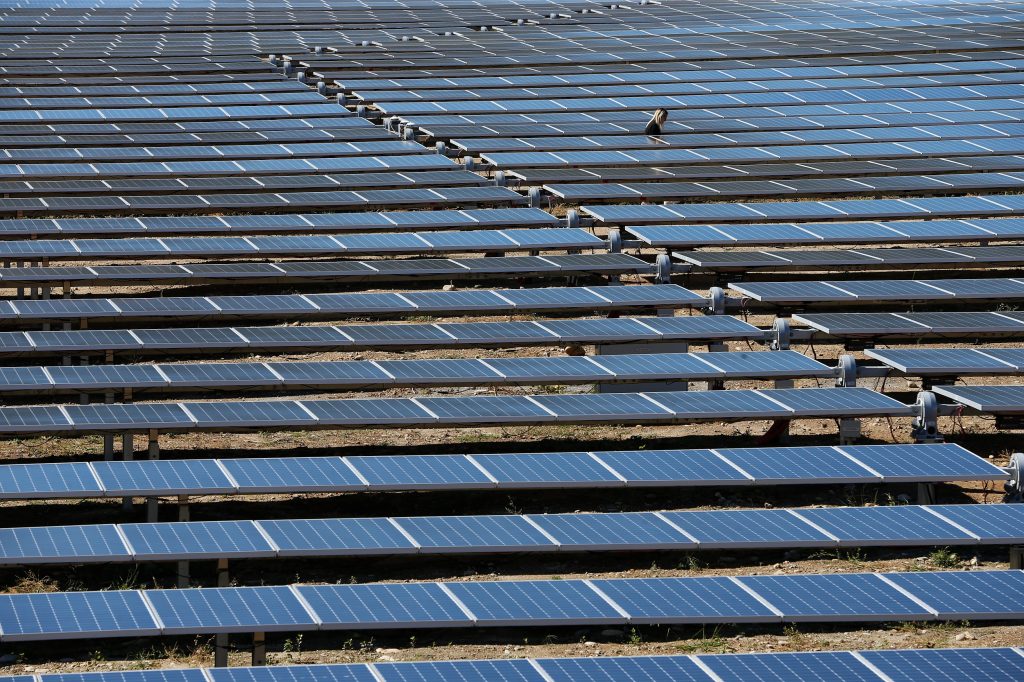
- ARAB NEWS
- 01 Jul 2025

Khaldon Azhari, Tokyo
The Institute of Energy Economics, Japan, has proposed two starkly different scenarios for the possible future of global energy consumption in its annual report, which predicts the world energy market to shift to Asia. Neither scenario, however, suggests a particularly optimistic vision for the environment.
The Tokyo-based think-tank released the IEEJ Outlook 2020 on Oct. 15, which details long-term energy trends and related policy messages. The report was summarized by the chief economist and managing director of the IEEJ, Ken Koyama.
The first scenario laid out in the report, called the Reference Scenario, imagines that current energy trends will continue through 2050 and sees a 34 percent increase in global primary energy consumption, over half of which would be driven by Asia. Energy consumption would be dominated by fossil fuels.
“Asia’s share of global energy consumption will expand from 41 percent to 46 percent, leading the gravity center of the international energy market shift to Asia,” said Koyama.
In the Reference Scenario, coal is predicted to peak, while natural gas and oil see significant growth. Use of renewable energy sources would also continue to expand, but energy-related CO2 emissions would grow from 33 billion tons in 2017 to 41 billion tons in 2050.
By contrast, the second scenario laid out is labelled as the Advanced Technologies Scenario and imagines extensive improvements in energy efficiency. In this situation, the IEEJ predicts that global primary energy consumption would be 15 percent less than in the other scenario.
In the Advanced Technologies Scenario, more energy from renewable sources and nuclear power would lead to a steep decline in coal, with oil peaking. Natural gas would continue to grow, but less than in the other scenario. As a result, CO2 emissions would decrease to 25 billion tons by 2050.
But even with the expected decrease in CO2 emissions, they would not come close to meeting the oft-cited goal of limiting the global temperature rise to 2 degrees Celsius.
Koyama describes the main problems facing the future of energy as the 3Es, or the “energy trilemma”: energy security, environmental protection and economic growth. Pursuing one of the Es often comes at the cost of one or two others, complicating policy decisions.
He said that the conflict among the three energy-related challenges “will loom as an unprecedentedly important issue” that will grow more complicated and serious as energy consumption increases, which is predicted by both scenarios to different extents.
He also emphasized that the problem would become especially significant in Asia, as the emerging economies in China, India and Southeast Asia increase energy consumption.
As for dealing with the energy trilemma in Asia, Koyama noted that natural gas, including in its easier-to-transport liquified form, might relieve dependence on the Middle East and be better for the environment than coal. However, the extent to which emerging Asian economies rely on natural gas will likely depend greatly on its affordability.
“As far as there is no perfect energy source, it is indispensable to pursue a best energy mix while trying to overcome each source’s weak points,” said Koyama.
The report also recommends approaches to lessen the costs of decreasing greenhouse gas emissions and additionally considers a path to minimize costs while limiting global warming to 2 degrees over a super long term.
However, it noted that it was difficult to predict the costs of damage from climate change, especially in the event of situations reaching the point of irreversibility and leading to very serious damage. The IEEJ plans to gather more research on the topic.